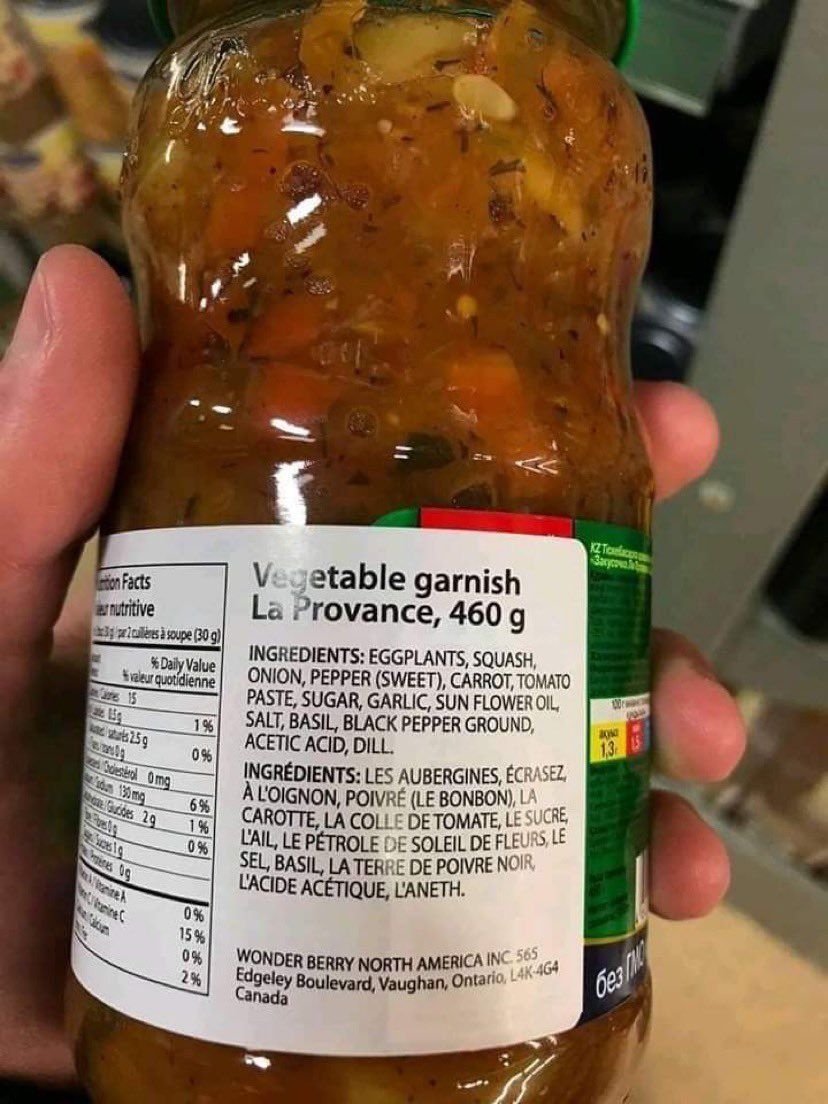On Correcting Machine Translations
Ever since I've offered translation services to my clients as part of my business, a question I've had to continuously answer is whether or not I'll correct machine translations attempted using tools such as Google Translate or Deepl.

Ever since I've offered translation services to my clients as part of my business, a question I've had to continuously answer is whether or not I'll correct machine translations attempted using tools such as Google Translate or Deepl, among others.
The answer is: well, maybe.
Answering this question involves a number of factors. Each translator has a different approach, and many freelance professional translators — quite reasonably in my opinion — refuse to do any correcting of machine translations.
The fact of the matter is that a lot of clients believe that asking an editor or translator to correct machine translations will save them a good deal of money since they won’t have to agree to the traditional “per word” rate. Unfortunately, some clients do expect to find correctors who will do this work for well below minimum wage (at least by Québec standards), as too many translation agencies offer very poor compensation for this kind of fiddly, difficult work.

As the image of this bottle of sauce shows, it is crucially important to have actual human eyeballs take a look at your product in its full context before it goes to market. While you could try and argue there is no such thing as bad publicity, in truth there is no better way to insult a target demographic than to very poorly translate the labels they need to assess if your product is right for them — especially ingredients, which often need to be checked for allergies and other health and accessibility-related reasons.
But here’s the thing about machine corrections. It’s one thing to ask a professional (or even a non-professional native speaker) to take a quick look at some very short copy that’s going on a label, and it’s quite another to expect someone to correct machine translations of complex, technical, or long materials. Many machine translators available to the public such as Google Translate or Deepl are much more sophisticated than they used to be. I actually do think their educational and accessibility applications are incredibly useful (such as, for example, allowing a reader to access a text written in a language they do not read). But that sophistication is still superficial and unable to consider factors such as context, audience and, often, registers of tone. Machine translations are often able to come up with text that looks and sounds like real French or English (the two languages I work in) to someone with a passing familiarity of the other language. But rather often the machine translation actually communicates a meaning different than what the original intended. Additionally, the sentences or paragraphs usually end up difficult to read or unclear as a whole, and have to be reshaped significantly.
This often means that correcting machine translation takes more time than translating from scratch or even correcting a resourceful client’s own attempts at translation. Which is problematic if you’re only being paid a fraction of your usual fee for what ends up being more work in the long run.
So in my own practice, I will sometimes agree to proofread or copy edit very short amounts of machine translated texts (excluding any materials that fall under the umbrella of creative marketing translating such as slogans, products or event names, etc.) at a reasonable hourly rate that reflects the amount of research, attention to detail and close reading that this kind of work entails. But more and more, and especially when it comes to longer materials, I explain to potential clients that the hourly rate for correcting machine corrections almost always ends up actually dwarfing my usual translation rate, and that they are better off hiring a human translator to do this kind of work.
